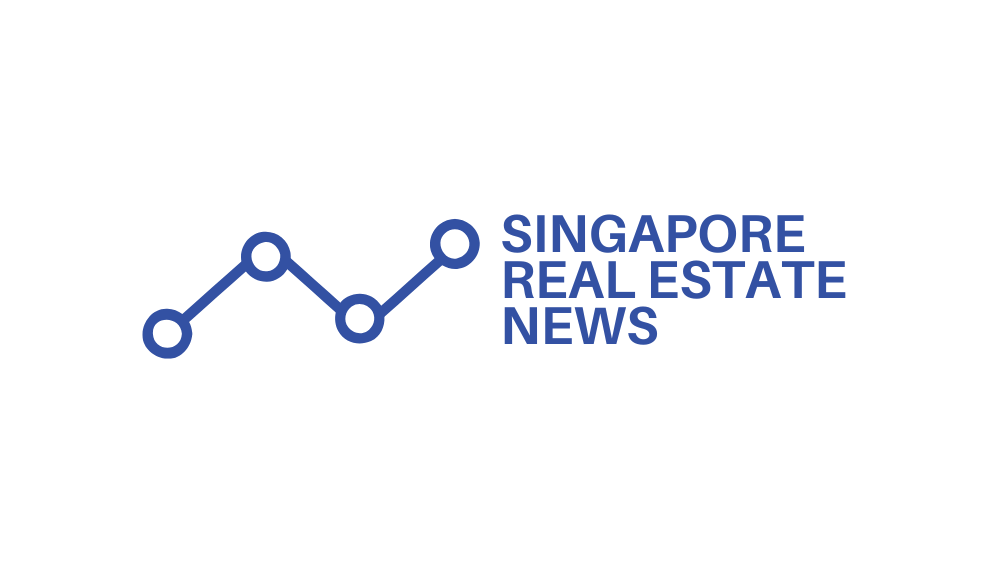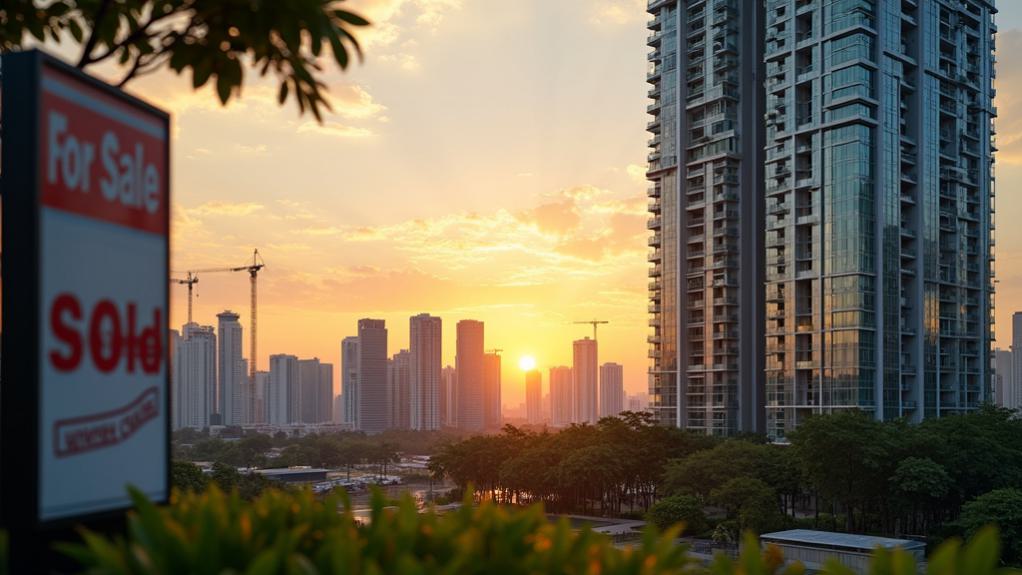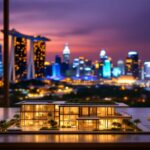After weathering a period of muted demand and regulatory adjustments throughout 2023, Singapore’s Core Central Region (CCR) property market is poised for a significant revival in 2025, with approximately 2,500 new residential units across five prime projects scheduled to launch—a substantial increase from the 680 units in 2024 and 630 units in 2023.
These projects, strategically positioned across high-demand districts including Orchard, Bukit Timah, Marina Bay, River Valley, and Holland Drive, aim to recapture market attention from the Rest of Central Region (RCR) and Outside Central Region (OCR), where transaction volumes have been remarkably robust in recent years.
The anticipated surge in supply coincides with forecasted prime residential price growth of 4-5.9% in 2025, potentially outpacing performance in secondary locations. Despite this optimistic outlook, Singapore’s prime market is expected to experience a slight dip between −1.9% and 0% due to cooling measures. Market analysts note that the progressive narrowing of price differentials between CCR and RCR properties has created a more balanced investment environment, with developers increasingly focused on practical layouts and integrated amenities to justify premium positioning.
Recent price corrections from 2023’s subdued market have established favorable entry points for both investors and upgraders seeking long-term value appreciation. The adoption of competitive pricing strategies by developers is making luxury projects more accessible to domestic buyers who previously considered them out of reach.
The luxury market‘s evolving dynamics now reflect a predominance of local affluent buyers, following Additional Buyer’s Stamp Duty (ABSD) adjustments that included a substantial 60% rate for foreign purchasers implemented in April 2023.
This regulatory shift has fundamentally altered the buyer composition, with Singapore citizens now commanding market share previously contested by international investors. Industry observers indicate that selective demand continues to prioritize superior location attributes, architectural distinction, and tangible value-add features. The country’s low unemployment rate of 2-2.5% provides a stable economic foundation for the property market’s anticipated rebound.
Developers have responded to the challenging regulatory landscape by recalibrating launch strategies, emphasizing strong locational propositions and lifestyle amenities while optimizing pricing structures.
Marketing campaigns increasingly highlight long-term investment potential, rental yield opportunities, and proximity to transportation infrastructure. The upcoming general election and prevailing economic stability factors are expected to further influence market sentiment and transaction velocity as the sector approaches its anticipated 2025 resurgence.





